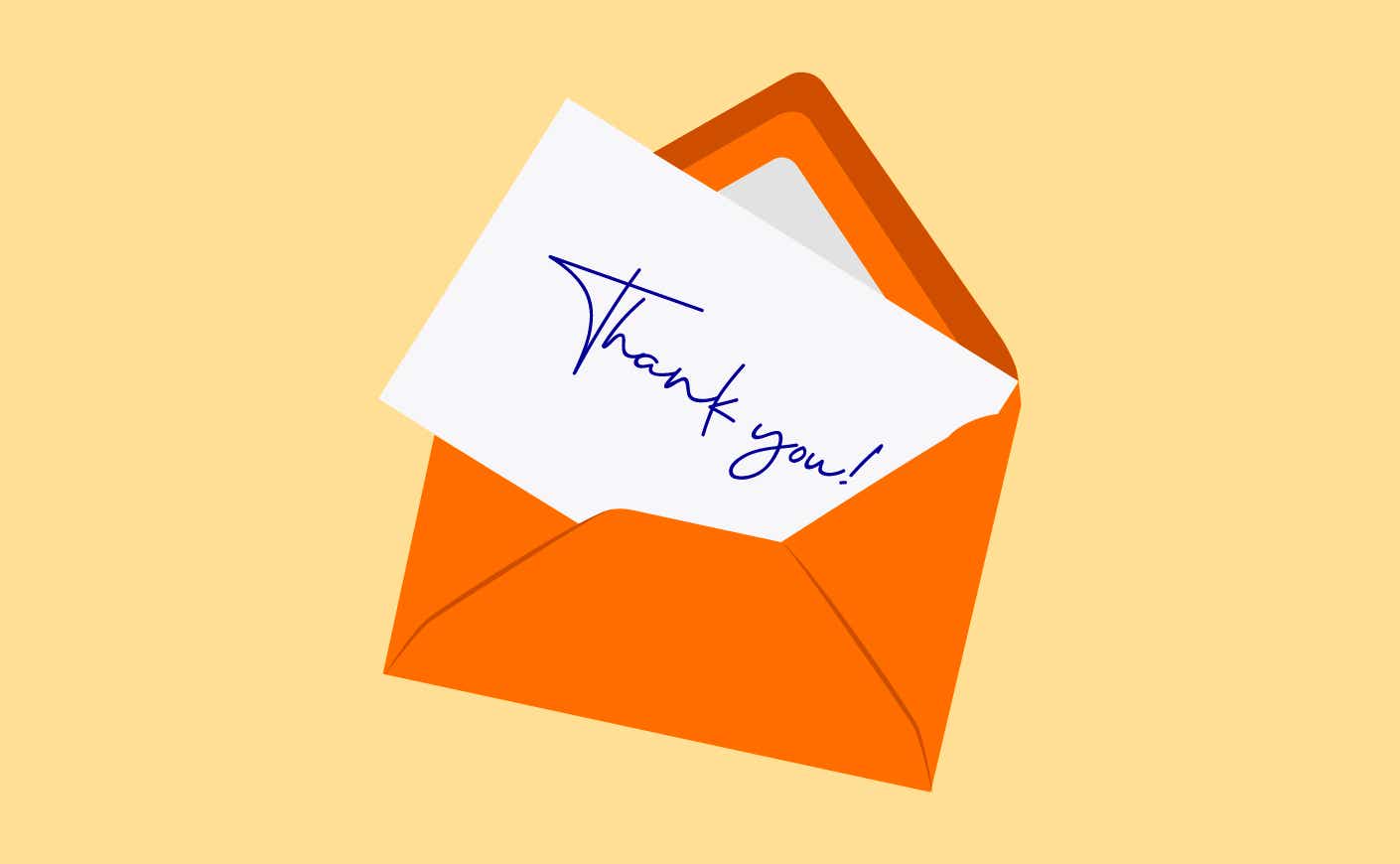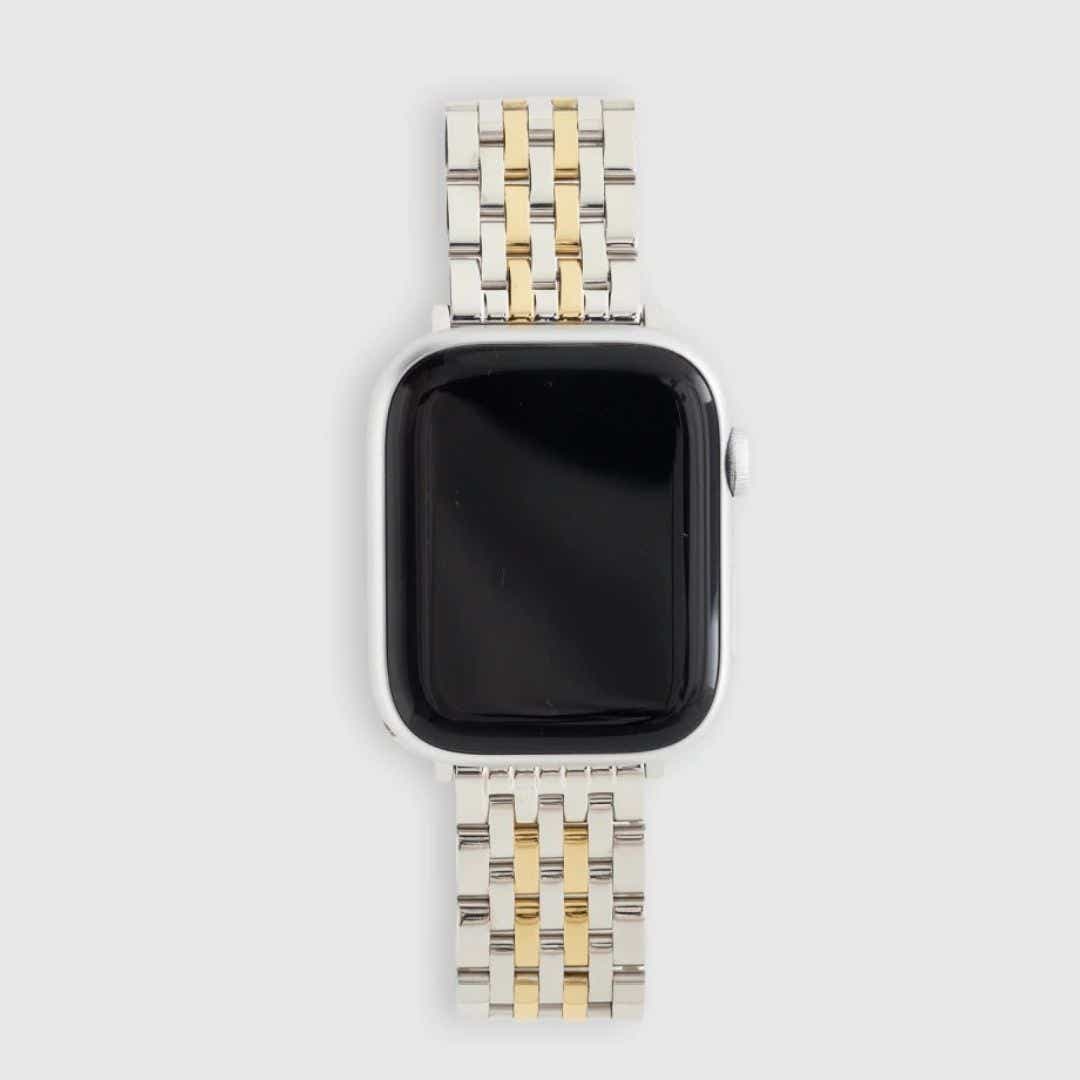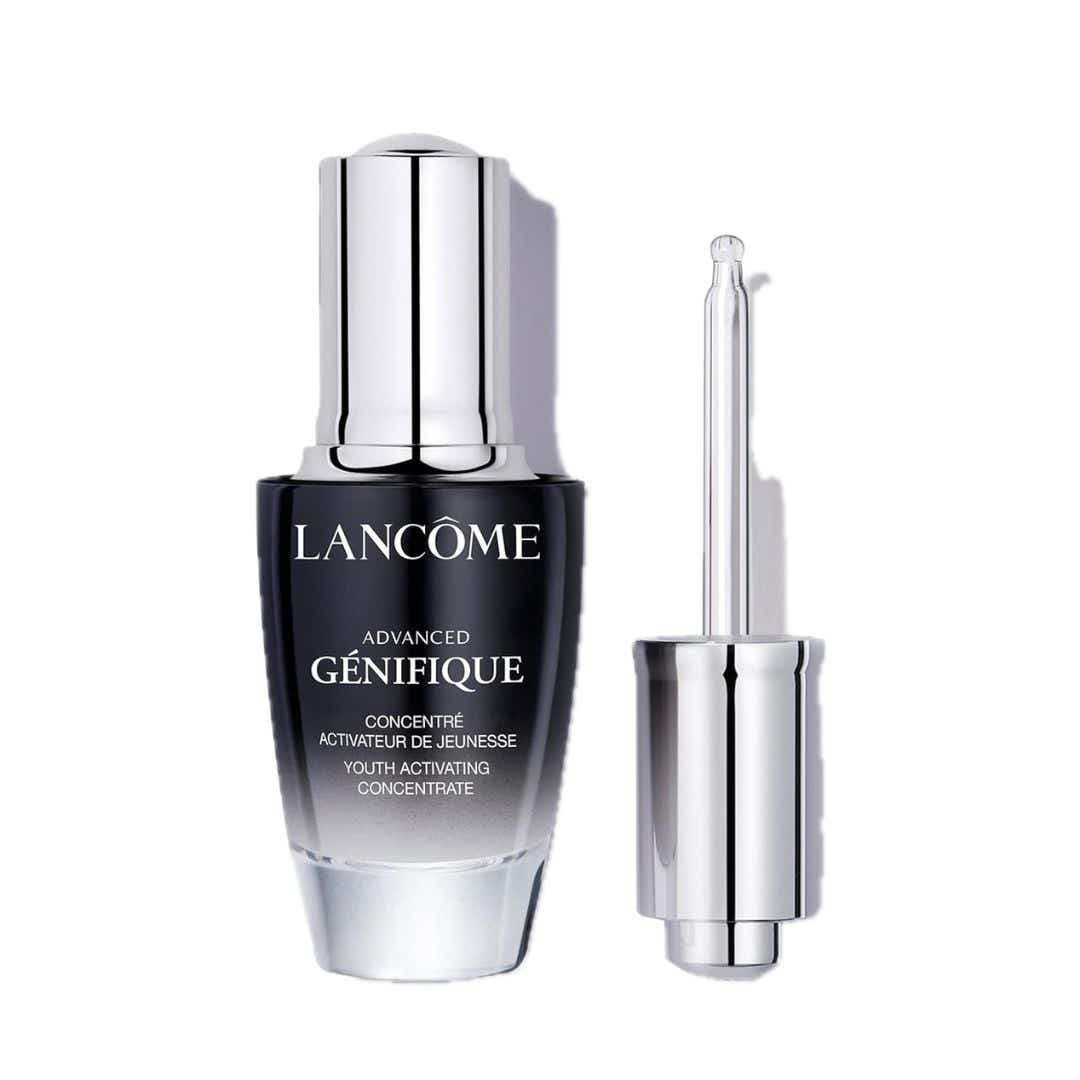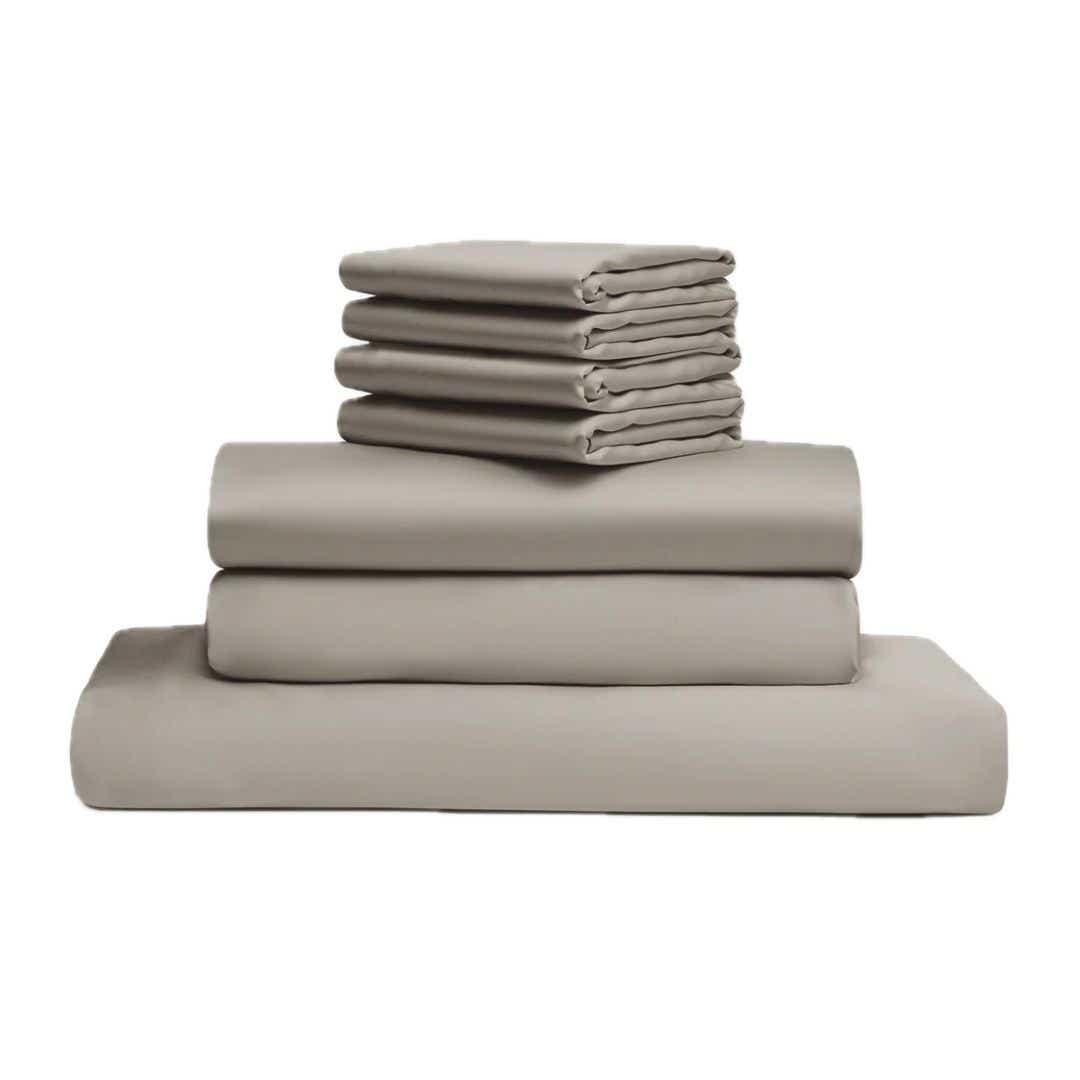Believe it or not, Americans love sending snail mail. In fact, we’re the largest buyer of greeting cards in the world: In 2020, Americans spent more than $7 billion on sentimental cards and their matching envelopes.
But considering how easy it is to send a quick thank you message over text or email — or by using one of the dozens of e-card companies like Paperless Post and Group Greeting — the old-standby paper card industry is expected to change. Over the next five years, researchers predict that greeting card sales will begin to dwindle as more and more people feel comfortable sending their well wishes digitally. After all, typing out a few sentences and hitting send is quick, efficient, and doesn’t require a trip to the post office.
The easiest card to forget might be a thank-you note. We’ve all been bugged by our moms — or bugged our kids — to send thank-you notes to random family friends, expressing our appreciation for a vase that’ll get used once every few months, tops. It’s tough to remember to send a note after the holiday or birthday hubbub has died down, too.
And does anyone even read them? It probably depends on your generation: Boomers seem to keep track of every “thank you” missive they get, whether it’s in email or physical card form. Younger folks probably don’t pay as much attention to them. So why bother with a grand gesture just to say “thanks”? Can’t we just send a text?
We get it, a thank-you note can seem silly. But there are a few good reasons not to toss that pack of blank cards you bought a few years ago just yet. First, pausing amid a chaotic day to write out a thank-you card is an excellent way to add to your daily gratitude practice. And not only does it give you a chance to reflect on a meaningful moment, it also brings joy to the lucky recipient and leaves them feeling a bit closer to you.
Ashley Sutton, the founder and CEO of Hustle & Hope, a paper greeting card company that’s revolutionizing the industry by embedding a QR code on each design that links out to a related guide, like tips on how to show appreciation and gratitude, believes there are unique benefits to sending cards by mail. “We live in such a digital, overly connected space, so when you get a card that’s literally in someone’s personal handwriting, and they’re sharing a thank you, a congratulations, or a You’ll get through this type of message, it doesn’t get more personal than that,” says Sutton. “And while I love email, I think there’s something really special about sending a handwritten note. You stand out.”
Plus, who wouldn’t want to open their mailbox and see a colorful envelope with their name scribbled by a loved one, instead of a stack of bills and promotional flyers? And at a time when our inboxes are inundated with spam and work emails, an email can get lost. A thoughtful tangible note probably won’t.
Below, we’re breaking down why it seems handwritten thank-you notes aren’t going anywhere, anytime soon.
Snail mail is more personal than a text or email
During the pandemic, there was a resurgence of people connecting to loved ones by sending cards in the mail. In fact, 65 percent of people agreed that receiving cards in the mail from friends and family lifted their spirits during this time, according to a survey from the Postal Service. (It’s true: There’s just something magical about sending and receiving mail.) In that same survey, over half of the respondents also said it means more to receive a card or letter than an email.
“In certain years, we’ll see a pop of people sending messages digitally, but we’re always going to return to wanting to receive something personal in the mail,” says Sutton. “I don’t think that will ever go away because that’s the next closest thing to being there with someone in person.”
It gives you more time to think about what you’re trying to say
While sending a thank you text only takes a few seconds, it doesn’t always lead to the most meaningful message about why you’re so grateful. When you’re looking at a blank card and have to fill out the space, you have more room to reflect on what exactly you want to share with the other person. Basically, there’s more pressure to make a written note thoughtful than there is for a text. And in the end, it’s worth the extra effort.
“When you send a handwritten thank you note, it offers you time to reflect and sit down and not be so quick to write, ‘Thanks so much for everything, I hope to hear back from you soon,’” Sutton says. “It encourages you to get a little bit more personal.”
Handwritten notes are a nice surprise
These days, it’s common to get a text, call, or email. “No shade to the text,” says Sutton. “I love the quickness of it. But when I get a thank you note that’s handwritten, I feel like that’s a job well done, that’s special and appreciated.”
The act of receiving snail mail even gets Sutton’s heart racing (it’s no wonder why she’s built a career out of her passion for cards): “You actually took the time to get to the store, find a card, write in it, and then mail it,” says Sutton. “That gives me chills.”
It’s a positive ritual you can maintain
We’ve all heard about the benefits of gratitude journaling. Research shows writing down what or who you’re grateful for can bring balance to your life (even when it feels stressful) and helps increase your everyday satisfaction. Sharing that gratitude with someone else by writing them a thank you note produces those same benefits, and then some.
So try prioritizing a physical thank-you note as a monthly or bi-monthly ritual, to express your appreciation for anything from your neighbor feeding your cat, to a little trinket your daughter sent you for your birthday. “We all say, ‘I’m going to send this person something,” and then five weeks later, we still haven’t sent anything. You don’t have to write a card every day or week, but I do think it’s important, especially in this time when people are yearning to connect with one another,” says Sutton. “There’s been so much loss. Don’t regret anything. Write the cards, and mail them off.”












